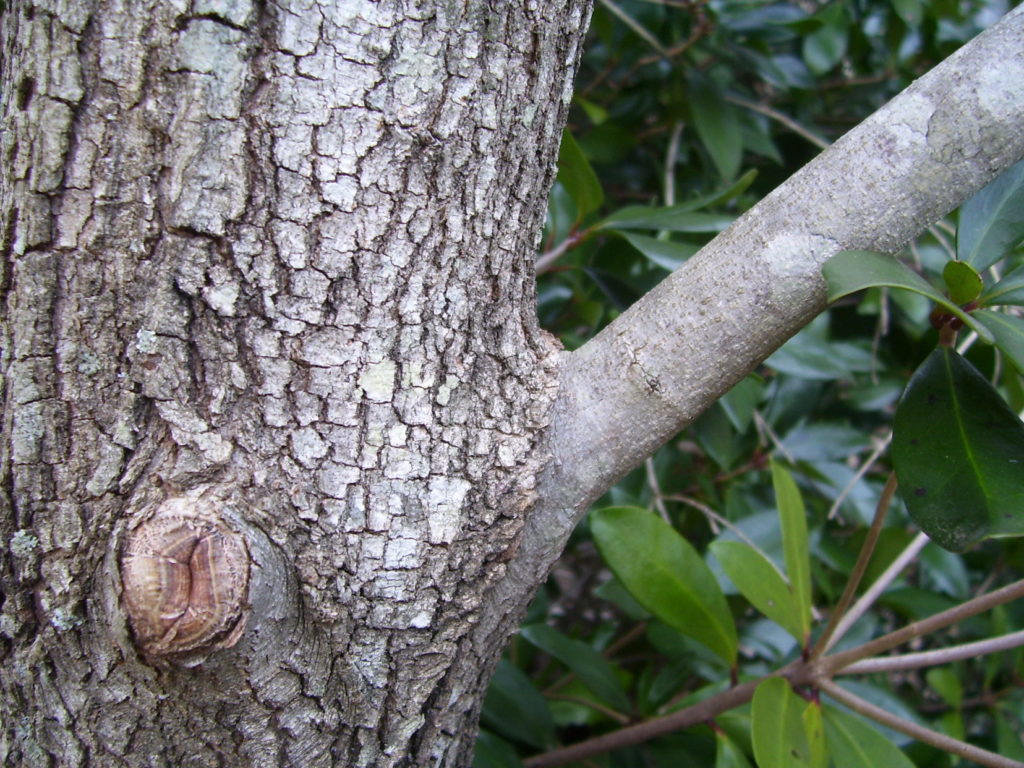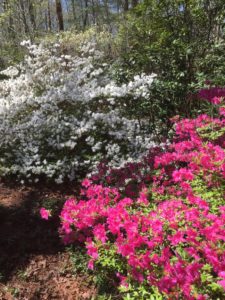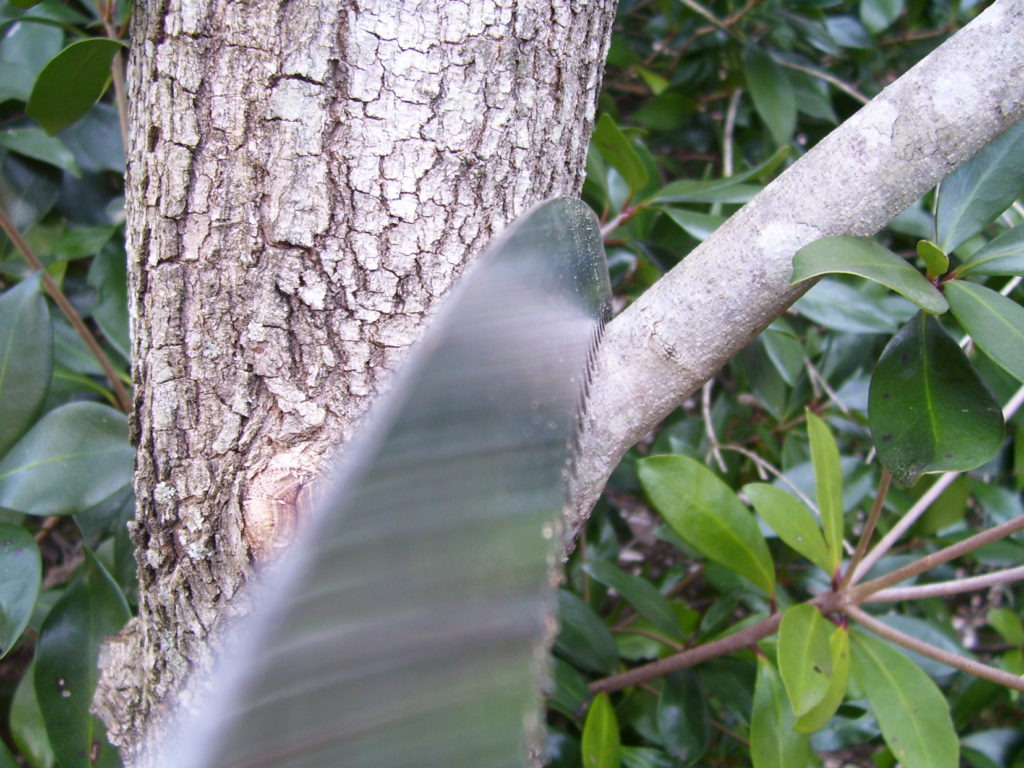Pruning Calendar
go.ncsu.edu/readext?749037
en Español / em Português
El inglés es el idioma de control de esta página. En la medida en que haya algún conflicto entre la traducción al inglés y la traducción, el inglés prevalece.
Al hacer clic en el enlace de traducción se activa un servicio de traducción gratuito para convertir la página al español. Al igual que con cualquier traducción por Internet, la conversión no es sensible al contexto y puede que no traduzca el texto en su significado original. NC State Extension no garantiza la exactitud del texto traducido. Por favor, tenga en cuenta que algunas aplicaciones y/o servicios pueden no funcionar como se espera cuando se traducen.
Português
Inglês é o idioma de controle desta página. Na medida que haja algum conflito entre o texto original em Inglês e a tradução, o Inglês prevalece.
Ao clicar no link de tradução, um serviço gratuito de tradução será ativado para converter a página para o Português. Como em qualquer tradução pela internet, a conversão não é sensivel ao contexto e pode não ocorrer a tradução para o significado orginal. O serviço de Extensão da Carolina do Norte (NC State Extension) não garante a exatidão do texto traduzido. Por favor, observe que algumas funções ou serviços podem não funcionar como esperado após a tradução.
English
English is the controlling language of this page. To the extent there is any conflict between the English text and the translation, English controls.
Clicking on the translation link activates a free translation service to convert the page to Spanish. As with any Internet translation, the conversion is not context-sensitive and may not translate the text to its original meaning. NC State Extension does not guarantee the accuracy of the translated text. Please note that some applications and/or services may not function as expected when translated.
Collapse ▲| Plants | Remarks |
|---|---|
| JANUARY | |
| Shade Trees: oak, hickory, beech, black gum, poplar, sycamore, ginkgo, etc. * (Bleeder trees include: birch, dogwood, elm, maple, & styrax) |
Prune undesired and storm-damaged limbs. For “bleeder” trees, heavy pruning should be done during the coldest weather. For light pruning of bleeder trees (See July). Make cuts using the Branch Collar Method of pruning. For more information see General Pruning Techniques. |
| FEBRUARY | |
| Fruit Trees: apple, pear, plum, cherry, peach & nectarine |
Prune annually for best fruit production. (Request a copy of “Training and Pruning Fruit Trees in North Carolina” publication AG-29). |
| Grapes | Prune annually to improve fruit production and to make the vine training easier. |
| Summer Flowering Shrubs: crape myrtle, rose of sharon (althea), butterfly bush, eleagnus, August flowering hydrangeas(normally with white flowers) |
Prune if shrub-like form is desired or if plants need shaping. |
| Ornamental Grasses: liriope, pampas grass, mondo grass, etc. |
Trim annually. Important to trim off previous year’s growth before the spring growth begins. |
| Overgrown Broadleaf Shrubs: ligustrum(privet), boxwood, osmanthus, photinia(red tip), holly, cleyera, viburnum, etc. |
Prune in late February to desired size. Rejuvenate by pruning out 1/3 of shrub each year. As a general rule try not to cut more than 1/3 of bush in any one year. |
| Camellia: japonica and sasanqua |
Prune anytime after flowering but not later than July 10th. |
| Crabapple | Prune out water sprouts and out-of-shape limbs. |
| Mountain Laurel (Kalmia) |
Normally very little pruning needed. If shaping desired, cuts MUST be made prior to bud break in the spring for best results**. |
| Conifers & Narrowleaf Evergreens: hemlock, juniper, arborvitae, leyland cypress, etc. |
Often late summer growth from the previous season can misshapen these plants. Trim away the excess growth to improve the shrub’s appearance. Do not trim away all of the green foliage – unlike broadleaf plants, buds will not develop from brown colored wood. |
| MARCH | |
| Rose | Prune annually for best flower production. Trim early in the month before new spring growth begins. |
| Nandina | Prune as needed. Cut the leggy and oldest canes near the ground. New shoots will develop at the location of your pruning cuts. |
| Abelia | Shape plants to desired form early in March. |
| Spring Flowering Shrubs: spirea, forsythia (yellow bells), flowering quince, loropetalum, breath-of-spring(winter honeysuckle), weigela, lilac, etc. |
Prune IMMEDIATELY after flowering, but not after July 10th. In general, cut oldest limbs near the ground level for constant rejuvenation of shrubs. |
| APRIL | |
| Azalea | Light pruning(12 inches or less) after flowering but not after July 10th (Early spring – February – and autumn pruning removes next year’s blossoms). However, overgrown azaleas should be pruned in February**. |
| Winter Damaged Plants | Cut out any cold-damaged branches at the end of the month. |
| Berry Producing Shrubs: holly, pyracantha, etc. |
Prune while in flower to prevent removal of all berries. Shape to desired form. |
| Spring Flowering Trees: flowering cherry, Bradford pear, serviceberry, etc. |
Prune only as needed, immediately after blooming. |
| MAY | |
| Rhododendron | Prune after flowering, but not after July 10th. Always prune to a whorl of leaves or to the next branch. Severe or renovative pruning should be done in February**. |
| Hedges: privet, abelia, holly, euonymus, boxwood, etc. |
Prune as desired, always make top of hedge narrower than bottom. |
| JUNE | |
| Conifers & Narrowleaf Evergreens: hemlock, juniper, arborvitae, white pine, leyland cypress, etc. |
Summer pruning of conifers is to shapen the plants to their desired size. Start pruning in late June and continue through July. Trim only into green growth; brown wood on conifers will not regenerate new growth. White Pines should be trimmed in summer. With White Pines trim ONLY the growth that has grown since April (new growth). |
| Gardenia | Prune immediately after bloom, not after August 10th. |
| Perennials: phlox, shasta daisy, purple coneflower, rubeckia, etc. |
Remove old flowers to encourage re-bloom. |
| Chrysanthemums | Pinch out growth tips to make bushier plants, discontinue pinching around July 10th. |
| Hydrangea: Big Leaf or Florist |
Prune while flowering or immediately after. (These hydrangeas usually have either pink or blue flowers.) |
| Fruit Trees | Remove water sprouts |
| JULY – AUGUST | |
| “Bleeder” Trees: maple, birch, elm, styrax & dogwood |
Perform light pruning as desired. (Light pruning involves branches of 18 inches in length or less.) Dogwoods look best left in their natural form. Prune only when grown out of their natural shape. |
| Rose | Prune leggy plants only and fertilize after pruning for fall flowering. |
| Hedges | As needed, keep bottom branches wider than top. |
| Brambles: blackberry & raspberry |
Prune out the wood that bore fruit, cutting canes near ground level. |
| SEPTEMBER – OCTOBER | |
| Any Plants | DO NOT PRUNE shrubs or trees in late summer or early autumn. Pruning stimulates new growth which may not have time to harden off before frost. You may remove any deadwood from shrubs or trees. |
| NOVEMBER – DECEMBER | |
| Weed Trees and Brush | Remove any underbrush now when it is easiest to see. |
| Berry Producing Plants: holly, nandina, pyracantha, etc. |
Use berries indoors or in wreaths as Christmas decorations |
| Take a rest until January!! | |
Proper Pruning Technique

* SPECIAL NOTE: Some trees should be allowed to let their lowest limbs grow until they sweep the ground. Those trees that are commonly found in our region are: Southern Magnolia, Deodor Cedar, American Holly, Hemlock, and White Pine.
** NOTE: Some pruning in late winter & early spring may result in removing this season’s flower buds. However, the results of the pruning are much better when trimmed before bud break.







